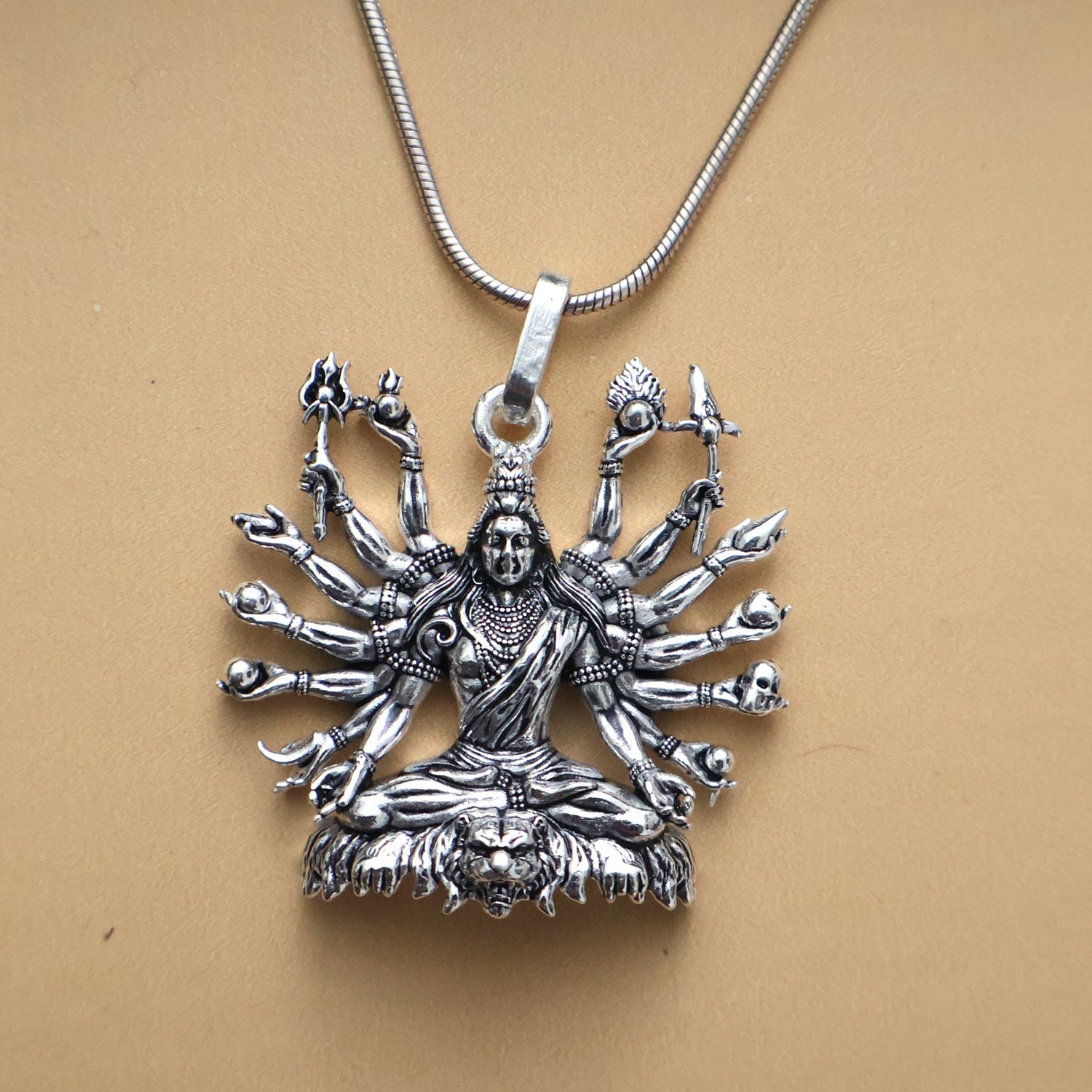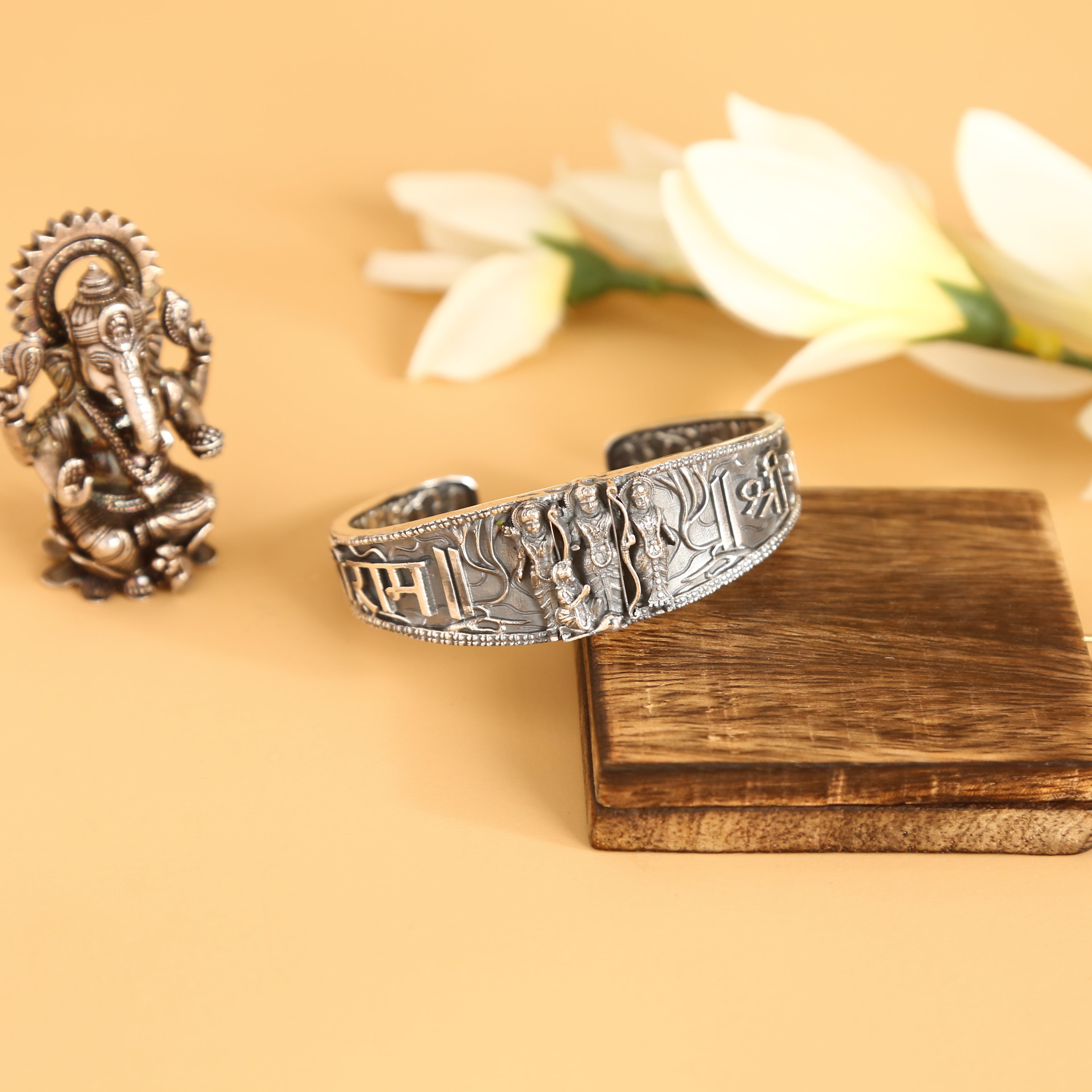Ardhanarishvara, a unique and revered deity in Hinduism, symbolizes the perfect harmony and balance of masculine and feminine energies. This form of the divine, combining Lord Shiva and Goddess Parvati, offers profound lessons in balance, unity, and spiritual philosophy. Below, we explore the key aspects of Ardhanarishvara, point by point.
1. Meaning of the Name "Ardhanarishvara"
- "Ardha": Half
- "Nari": Woman
- "Ishvara": Lord
Ardhanarishvara translates to "The Lord who is half woman," symbolizing the fusion of masculine and feminine elements.
2. Representation of Shiva and Parvati
- Shiva: The right half represents Shiva, symbolizing strength, power, and destruction.
- Parvati: The left half represents Parvati, embodying compassion, nurturing, and creation.
This imagery signifies that creation and destruction, power and compassion, coexist in harmony.
3. Balance of Masculine and Feminine Energies
- Ardhanarishvara represents the essential balance between male and female forces in the universe.
- The union of Shiva and Parvati signifies that life cannot thrive without the complementing energies of both genders.
4. Philosophical and Spiritual Symbolism
- The deity emphasizes that masculine and feminine forces are interdependent.
- It teaches the importance of unity, wholeness, and the balance of opposite forces.
5. Transcending Gender Norms
- Ardhanarishvara transcends human gender roles, representing a divine energy that is beyond definitions of male and female.
- This makes the deity a symbol of equality and harmony in diversity.
6. Worship and Iconography
- Ardhanarishvara is often depicted in temples and art, symbolizing the eternal balance of life.
- The deity is revered for promoting peace, understanding, and the interconnectedness of all beings.
Conclusion
Ardhanarishvara is not just a representation of gender balance, but a powerful reminder of the universal need for harmony between opposing forces. This form of the divine teaches us to embrace balance and interconnectedness in all aspects of life.


